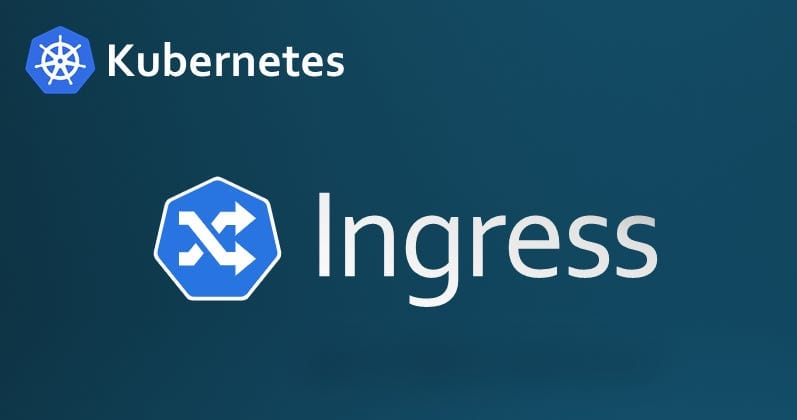Kubernetes Ingress: The Gateway to Your Cluster
Kubernetes Ingress is a collection of rules that govern how external traffic is routed to services within a Kubernetes cluster. It enables…

Kubernetes Ingress is a collection of rules that govern how external traffic is routed to services within a Kubernetes cluster. It enables external clients to access services inside the cluster through an HTTP or HTTPS route.
In other words, Ingress acts as a reverse proxy or load balancer, providing a single entry point for external traffic and distributing it to the appropriate services within the cluster.
Components of Kubernetes Ingress
a) Ingress Resource: Ingress Resource is a Kubernetes object that defines the desired routing rules for external traffic. It consists of rules that match requests based on their hostnames and paths and then route them to the corresponding services.
b) Ingress Controller: The Ingress Controller is a Kubernetes component that watches for Ingress Resources and applies the rules defined in those resources. It implements the Ingress rules by configuring a reverse proxy or load balancer, such as NGINX or HAProxy.
c) Backend Services: These internal Kubernetes services receive traffic from the Ingress controller. They are typically exposed using Kubernetes Service resources with the “ClusterIP” type.
How Kubernetes Ingress Works
- An external client sends an HTTP(S) request to access a service within the Kubernetes cluster.
- The request reaches the Ingress Controller, which is exposed to the external network through a LoadBalancer service, NodePort, or an external IP.
- The Ingress Controller examines the request and matches it against the rules defined in the Ingress Resource.
- If there’s a matching rule, the request is forwarded to the appropriate backend service.
- The backend service processes the request and returns the response to the Ingress Controller.
- The Ingress Controller forwards the response back to the client.
Configuring Kubernetes Ingress
To configure Ingress for your Kubernetes cluster, you need to perform the following steps:
a. Deploy an Ingress Controller
Before creating Ingress resources, you’ll need to deploy an Ingress Controller in your cluster. Most cloud providers offer managed Ingress Controllers, but you can also deploy one yourself. For example, to deploy the NGINX Ingress Controller using Helm, you can run the following command:
helm install nginx-ingress stable/nginx-ingressb. Create an Ingress resource
To define the routing rules for your cluster, you’ll need to create an Ingress resource. This is done using a YAML file with a specific structure. Here’s an example of a simple Ingress resource:
apiVersion: networking.k8s.io/v1
kind: Ingress
metadata:
name: my-ingress
spec:
rules:
- host: myapp.example.com
http:
paths:
- path: /
pathType: Prefix
backend:
service:
name: my-service
port:
number: 80This Ingress resource routes traffic with the host “myapp.example.com” to the “my-service” backend service on port 80.
c. Apply the Ingress resource
Once you’ve created the YAML file, apply it to your cluster using the kubectl apply command:
kubectl apply -f my-ingress.yamld. Configure DNS
Finally, configure your DNS provider to point your domain name to the IP address of your Ingress Controller. This ensures that requests to your domain are routed to the correct backend services.
Follow me on Medium, LinkedIn, and Twitter.
All the best,
Luis Soares
CTO | Head of Engineering | Cyber Security | Blockchain Engineer | NFT | Web3 | DeFi | Data Scientist
#kubernetes #ingress #proxy #reverseproxy #microservices #application #containerization #deploy #softwaredevelopment #softwareengineering #backend #routing



